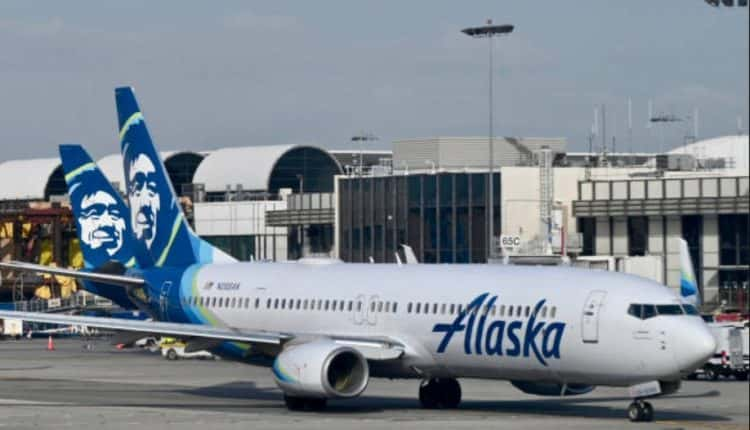
Alaska Airlines (ALK) made headlines on Sunday with its announcement of a $1.9 billion acquisition of rival Hawaiian Airlines (HA), marking the culmination of several months of negotiations.
Assuming $900 million in Hawaiian Airlines debt, the deal is set to reshape the aviation landscape and significantly impact air travel in the Pacific region.
Strategic Partnership for Enhanced Connectivity
During a news conference, Alaska Airlines CEO Ben Minicucci expressed enthusiasm about the merger, describing it as a “fantastic deal” that brings together two airlines with strong loyalties in their respective regions.
He highlighted the potential for expanded domestic and international choices for customers in Alaska and Hawaii, emphasizing the strategic advantages of the merger. One notable aspect of the deal is the decision to retain both companies’ brands.
According to Minicucci and Hawaiian Airlines CEO and President Peter Ingram, this choice was made out of respect for the nearly 100-year legacy of the two airlines and their communities.
The merger is expected to take between nine and 18 months to finalize. Alaska and Hawaii are uniquely reliant on air travel, with Alaska Airlines currently serving 19 cities, many of which are not connected by roads.
The merger is set to make Honolulu the second-largest hub for the combined entity, providing more excellent international connectivity for West Coast travelers through a one-stop service in Hawaii.
According to the company’s news release, the expansion of Alaska Airlines’ fleet from about 300 to 365 planes will result in 138 destinations, including non-stop service, to 29 top international destinations in the Americas, Asia, Australia, and the South Pacific.
With Alaska Airlines being a member of the Oneworld international airline alliance, Hawaiian Airlines loyalty customers benefit from improved perks, including lounge access, an enhanced credit card loyalty program, and increased opportunities to earn and redeem miles.
Read more: US Military Faces Hostility In The Middle East Amidst Growing Crisis
Alaska Air Competition and Regulatory Scrutiny

Minicucci, who will become the CEO of both airlines, positioned the move as pro-consumer and a means for the nation’s fifth-largest airline to compete more robustly with industry giants such as United, Delta, Southwest, and American Airlines, which currently hold 80% of the domestic market share.
However, the deal could face scrutiny from antitrust authorities, similar to recent cases in the airline industry. Less than a month ago, JetBlue Airways faced legal challenges over its proposed $3.8 billion acquisition of Spirit Airlines.
When questioned about the timing of the acquisition, Minicucci deferred to legal considerations, stating, “We’ll let the lawyers deal with that issue.” The Alaska Airlines acquisition of Hawaiian Airlines represents a strategic move to strengthen the position of both airlines in the highly competitive aviation industry.
The impact of this merger will be closely watched, not only for its implications on the domestic and international travel landscape but also for potential regulatory challenges that may arise in the coming months.
Read more: Warning: Extreme Weather Events Pose Risk Of Hospital Shutdowns Globally

